Gov. Phil Murphy is targeting lower electric rates under a new law that aims to deploy 2,000 MW of energy storage by 2030.
A5267 officially launches the Garden State Energy Storage Program, which enables New Jersey to move forward with a competitive procurement process for grid-scale energy storage while using existing funds to avoid new costs for ratepayers. The legislation establishes a transmission-scale energy storage incentive program aiming for New Jersey’s goal of 2,000 MW of energy storage by 2030.
“If we really want to rein in energy costs in the long term, there’s only one really true solution and that is by vastly accelerating the process for building new sources of energy,” Gov. Murphy said at the bill’s signing. “When it comes to deploying new sources of energy fast, there are no better options than solar and storage.”
The Garden State Energy Storage Program is a multi-phase program designed to deploy 2,000 MW of energy storage by 2030, a mandate established by the Clean Energy Act in 2018. The program includes both large-scale grid infrastructure and smaller, localized energy storage installations.
Energy storage systems can be built and connected to the power grid faster than any other type of power plant that can turn on when needed, according to the State of New Jersey Board of Public Utilities. “This speed is critical right now because supply chain problems mean New Jersey can’t build traditional power plants (like natural gas or nuclear plants) within five years,” BPU said.
The Garden State Energy Storage Program is structured into distinct phases:
Phase 1: Transmission-Scale Energy Storage will procure at least 1,000 MW of larger projects directly connected to the main power grid through competitive bidding.
- Tranche 1: The first solicitation aims to award 350-750 MW.
- Tranche 2: A second solicitation will be prepared for the first half of 2026 to secure the remaining capacity needed to reach the 1,000 MW target for Phase 1.
Phase 2: Distributed Energy Storage is expected to launch in 2026. This phase will focus on incentives for smaller energy storage systems connected to local distribution grids, including both grid-connected systems, and residential and commercial systems. These incentives will be both fixed and performance based.
The BPU said a potential Phase 3 may introduce a performance-based incentive for transmission-scale systems, but this phase is currently being evaluated and is deferred.
The New Jersey Clean Energy Learning Center created a free course on the Garden State Energy Storage Program, available here.
In the Senate, all 25 Democrats voted in favor of the bill and all voting Republicans voted against the bill. In the Assembly, all 52 Democrats and 3 Republicans voted in favor, and 22 Republicans voted against the bill.
The same day, Gov. Murphy signed another bill into law to more than triple the community solar capacity it currently has online and in the pipeline.
(Read: New Jersey to expand community solar by 3 GW)
New Jersey was the fourth state to adopt an energy storage procurement policy with a mandate set at 2,000 MW by 2030. According to SEIA, New Jersey is making progress towards this goal with about 90 MW of storage deployed.
New Jersey’s rising electric rates
New Jersey experienced about a 20% rate increase following PJM’s price hike in June. According to an analysis from Evergreen Action, PJM’s 13-state region are facing a a looming cost crisis stemming from two major issues: (a) worsening barriers to building and connecting new generation resources needed to supply the electric grid; and (b) unprecedented increases in projected electricity demand.
Without changes, Evergreen Action said New Jersey’s average annual residential energy costs could increase by about $2,000.
“Put simply, this is about collecting and storing energy when prices and demand are low, and releasing them when demand and prices – and the grid is under stress – are high,” Murphy said.
“The sad truth is, right now the people of New Jersey are being failed by our regional grid operator PJM, as well as the federal government,” Murphy said. “They have given us nothing but excuses. In fact, at this very moment PJM is inexplicably dragging its feet when it comes to deploying new sources of energy.”
New Jersey currently has about 79 projects in PJM’s queue that have yet to be greenlit, Murphy said. “Dozens of them are are shovel-ready solar projects that could power literally tens of thousands of homes,” Murphy said, “but they are still waiting for approval by PJM.”
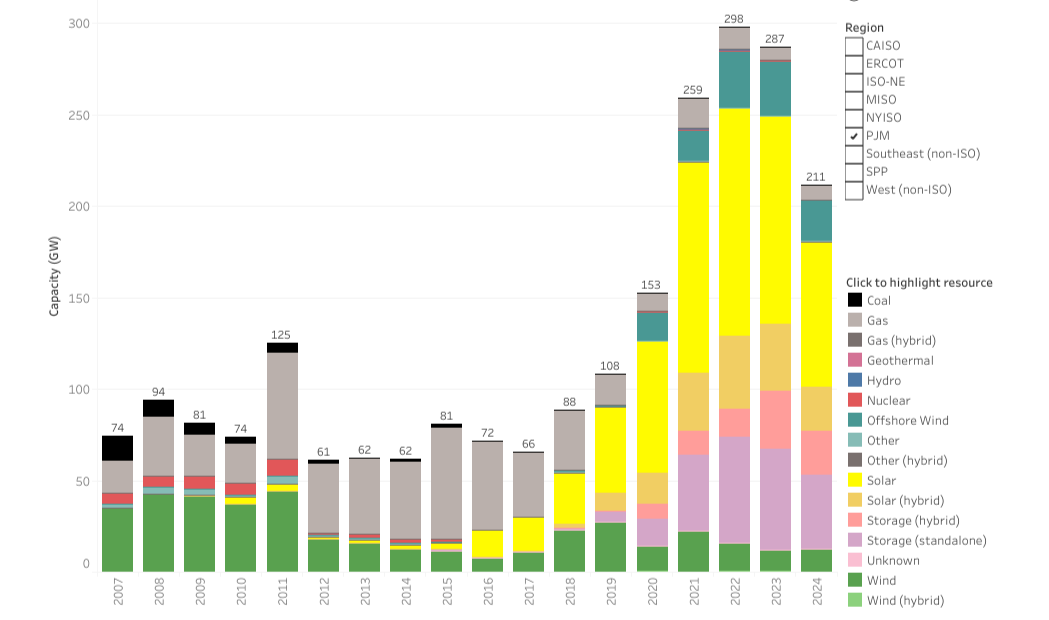
Image: Berkeley Lab
“The people of America and New Jersey deserve better,” the governor said, “because they are literally paying the price for years of inaction whether it be at the federal level or at PJM.”
This content is protected by copyright and may not be reused. If you want to cooperate with us and would like to reuse some of our content, please contact: editors@pv-magazine.com.

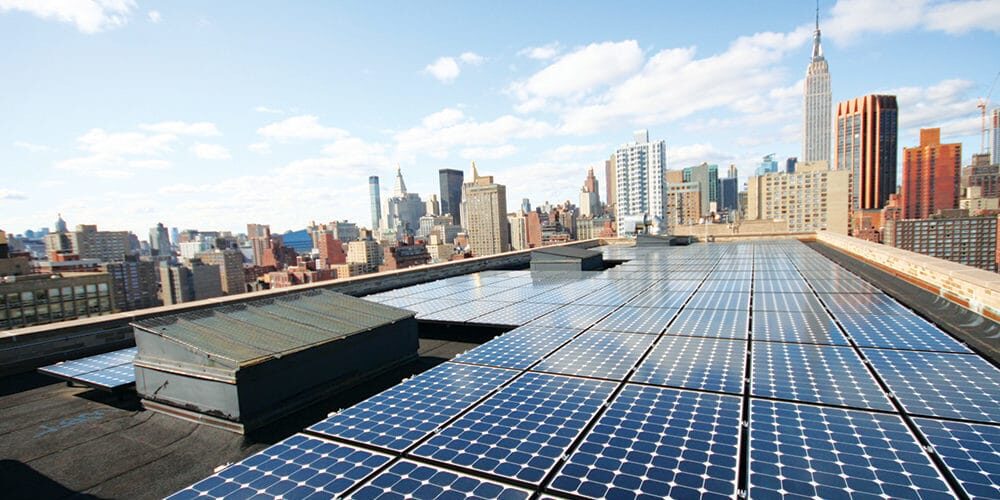


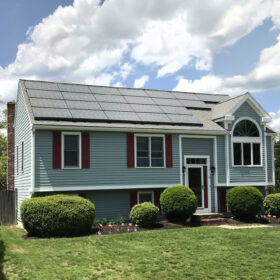
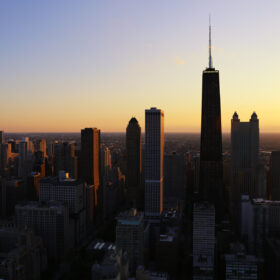

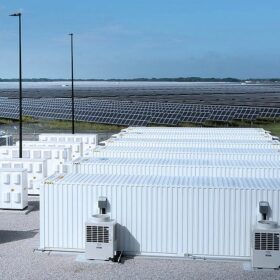
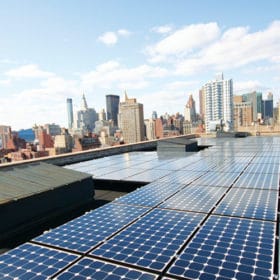
Please fix this report to include the amount of stored energy in MWhours. The report only includes units of power, but for how long? Seconds? Minutes? Hours? or better overnight!?!?
Hello Hugh,
The program calls for “2,000 MW of energy storage by 2030.” It did not specify how much energy, only power.
Best,
Rachel